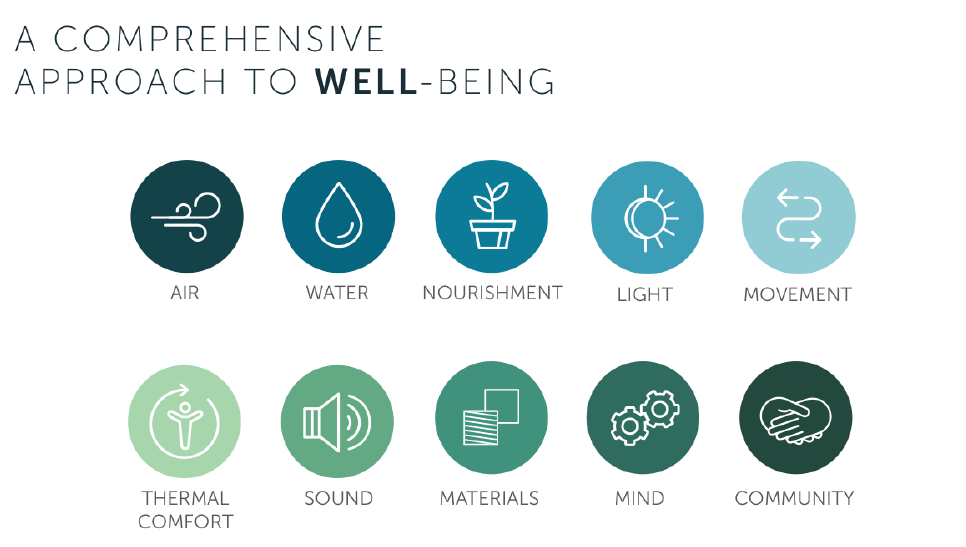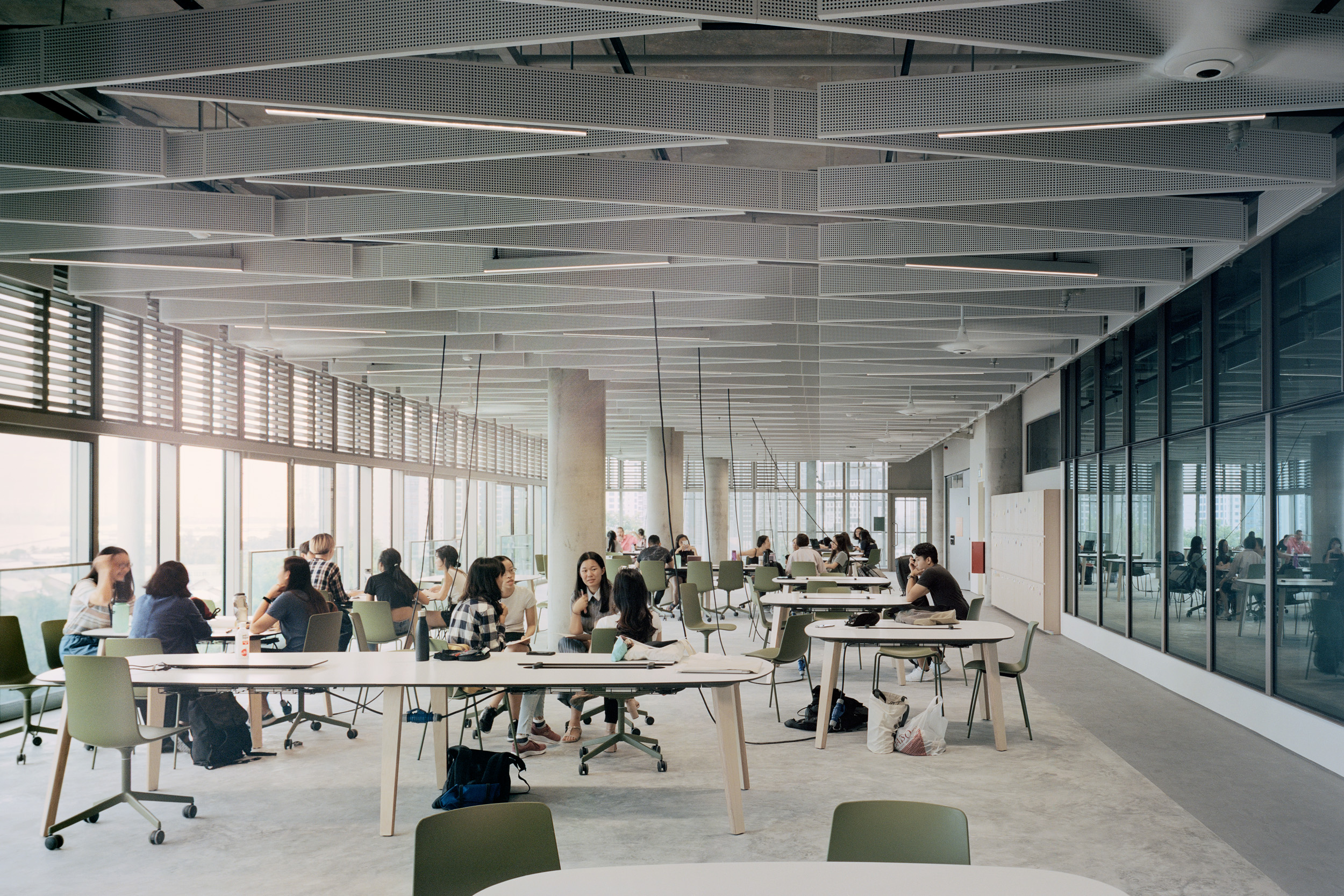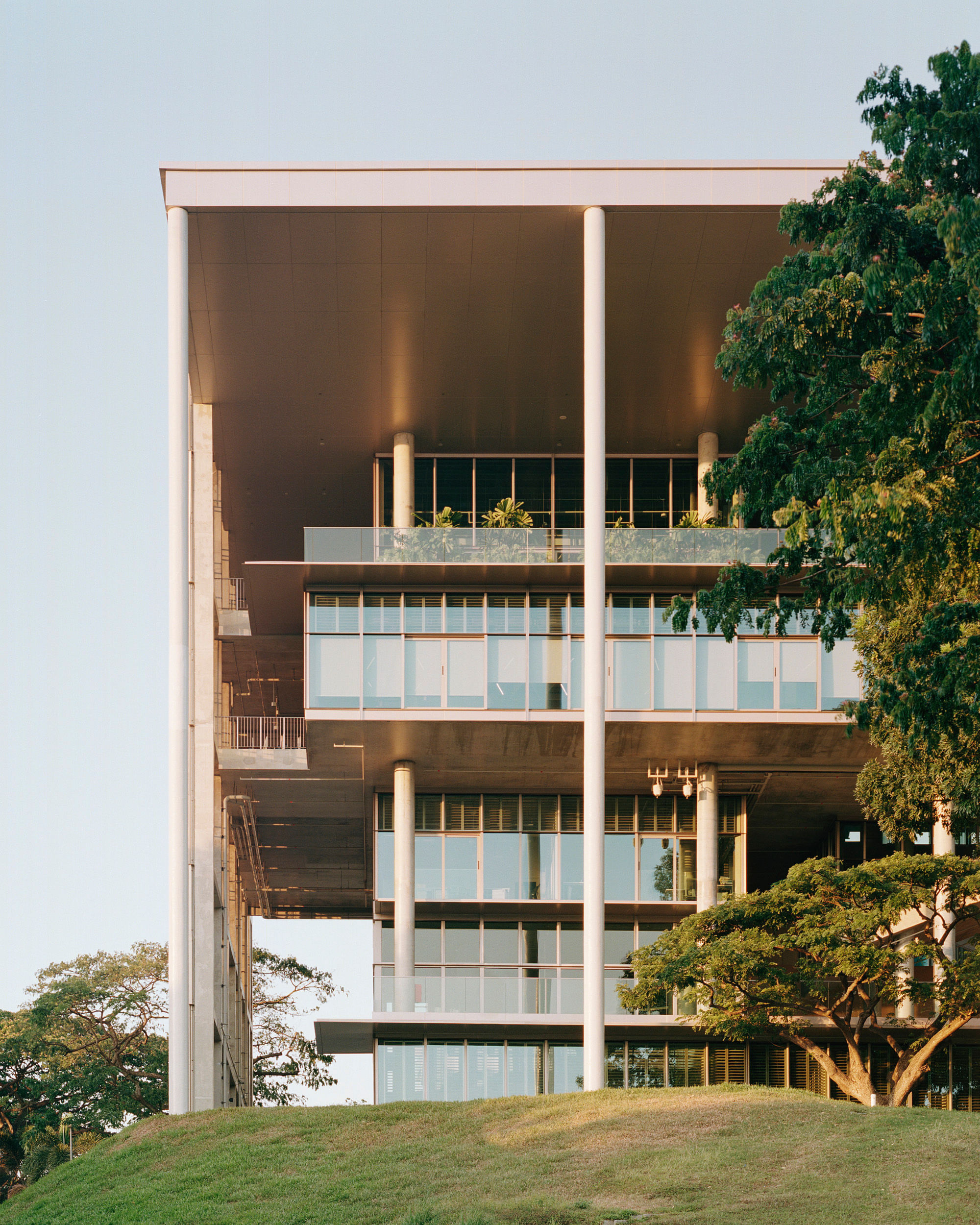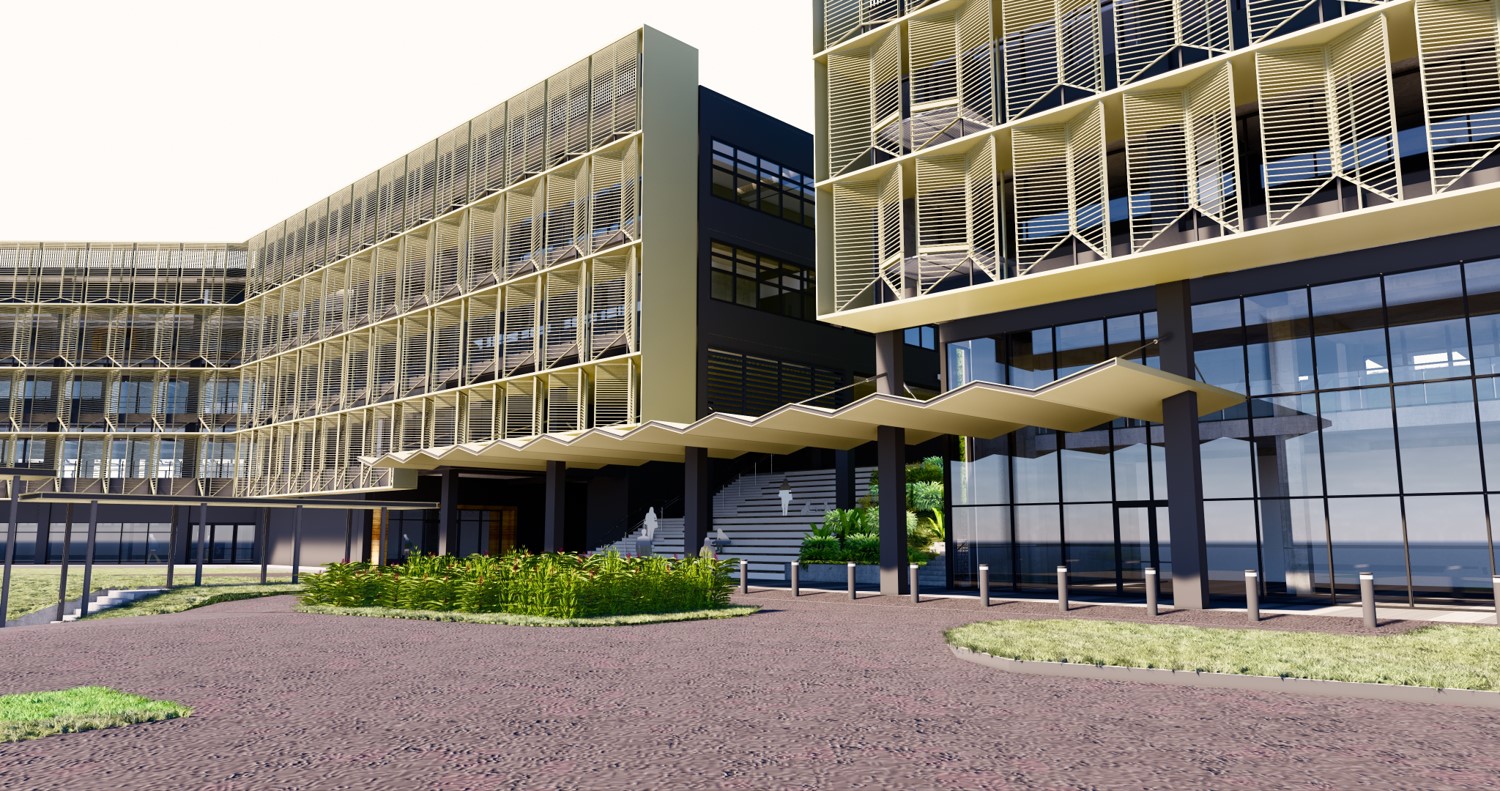BRANDED CONTENT
The power of good design
NUS School of Design and Environment shares the impact of designing structures beyond aesthetics and function — to keep the people who use them in the pink of health

Access to daylight and connection to outdoors, NUS SDE4 is designed for wellness.
PHOTO: COURTESY OF SCHOOL OF DESIGN AND ENVIRONMENT AND SERIE ARCHITECTS
Follow topic:
Ever wondered what a well-designed building and a healthy body have in common?
The National University of Singapore's School of Design and Environment (NUS SDE) says a well-designed building is much like a well-cared-for human body. While a person needs good lifestyle habits to build a strong immune system, buildings need good design standards to improve the health and well-being of its occupants.
In today's urbanised world and with urbanites spending long hours indoors, there is growing awareness of the link between buildings and occupant health.
Professor Tan Chorh Chuan, Executive Director, MOH Office for Healthcare Transformation, Chief Health Scientist, Ministry of Health, says buildings should be optimised for human health right from the start.
"Ideally, we should design buildings with health in mind right from the outset. Today, we automatically think of environmental sustainability as being an integral part of a well-designed building and it should be the same for health," he says.
With rapid urbanisation, public health experts have warned that densely populated hubs are particularly vulnerable to the spread of infectious diseases.
Global benchmark for building design
As the global spread of the coronavirus continues, doctors have recommended, among other measures, turning off air-conditioners and opening windows. By re-examining the way buildings are designed and built, and keeping spaces such as offices well-ventilated, highly urbanised cities like Singapore can build up their defences against disease outbreaks. Therein lies the importance of having good building design standards.

The WELL Building Standard, launched in 2014, is the world's first building performance certification system that focuses exclusively on human health and wellness to improve sustainability.
It is a performance-based system - developed and administered by the International WELL Building Institute (IWBI) with contributions from building scientists, researchers, design and architectural specialists as well as medical research institutes including Mayo Clinic - to measure, certify, and monitor features of the built environment that impact human health and well-being, through 10 yardsticks of air, water, nourishment, light, movement, thermal comfort, sound, materials, mind and community.
For a building to be certified WELL, it needs to meet targets in all 10 concept areas.
In Singapore, the NUS SDE4 building was awarded the WELL Certification at the Gold level by IWBI last year. It is the first building in Singapore and the first university building in the world to achieve the WELL Certified Gold.
Making use of hot and humid weather
NUS SDE4 is also the first new-build net-zero energy building in Singapore, showing the way for marrying environmental sustainability with the well-being of its occupants in building design.
The building is designed to consume only as much energy as it produces, with features such as a hybrid cooling system that makes minimal use of air-conditioning.
Compared with conventional air-conditioning systems, the innovative hybrid cooling system draws in and filters air from outside. This keeps the air inside the building at a higher temperature and humidity while ceiling fans help to circulate the cool air.

"Having a tropical climate can also be an advantage during the COVID-19 pandemic. Experts studying the virus explain that it does not survive well in hot and humid climates," says Dean of NUS SDE Professor Lam Khee Poh. "I like to think that we who live in the tropics should try our best to tap into our naturally occurring conditions to reduce and mitigate virus transmission, rather than make our buildings uncomfortably cold and dry."
The rooms in NUS SDE4 are also designed to maximise ventilation and natural lighting: A "floating box" architecture creates spaces for fresh air to flow into the rooms whereas large window facades offer occupants views of the outdoor greenery. Ventilation and good lighting, according to the WELL Building Standard, can help mitigate the spread of viruses and improve mental health during social distancing.

The way forward
Not resting on its laurels, NUS SDE is repurposing its older buildings SDE1 and SDE3 to deliver on its promise of using research and practical solutions to turn NUS into a resilient campus of the future.
Says Associate Professor Erik L'Heureux, Vice Dean (Special Projects): "The intelligent adaptive reuse of our existing buildings allows us to create healthy and delightful spaces for our students, staff and the public, rethinking where the education of our students should be today and for tomorrow. With our new low-carbon energy ambitions, the regeneration of the embodied carbon contained in the buildings' structures creates an amazing educational scaffolding for our future generation of design professionals."

"Many of the buildings today are a historical legacy from a time when we operated differently and probably didn't have the same threats, but these standards continue to dictate the buildings today and the financials," says Professor Lam.
He stresses that buildings should be seen as holistic long-term investments. From a public health perspective, well-designed and "healthy" buildings not only improve the physical and mental well-being of its occupants, but also potentially keep them safe from pathogens.
Buildings that incorporate energy-saving and other green elements are also necessary to cope with natural disasters and threats posed by a changing climate - from rising seas to higher temperatures.
In recent years, Singapore, too, has recognised the importance of good building design.
The Building and Construction Authority (BCA) and the Health Promotion Board (HPB) have introduced the Green Mark for Healthier Workplaces scheme in 2018. The scheme recognises companies that place emphasis on health and well-being in addition to environmental sustainability in their offices.
"Good health goes beyond physical health to mental well-being and social connectedness. Well-designed buildings that are well-lit, that minimise noise pollution and safely promote social interaction can contribute to a more holistic environment for health promotion," says Professor Tan.
"To me, this is a really important breakthrough that somehow has been under celebrated. Collaboration is key to building urban resilience and SDE is constantly working with key stakeholders from various disciplines to move this agenda," adds Professor Lam.
To find out more about how NUS SDE is helping to forge a resilient future, visit sde.nus.edu.sg

